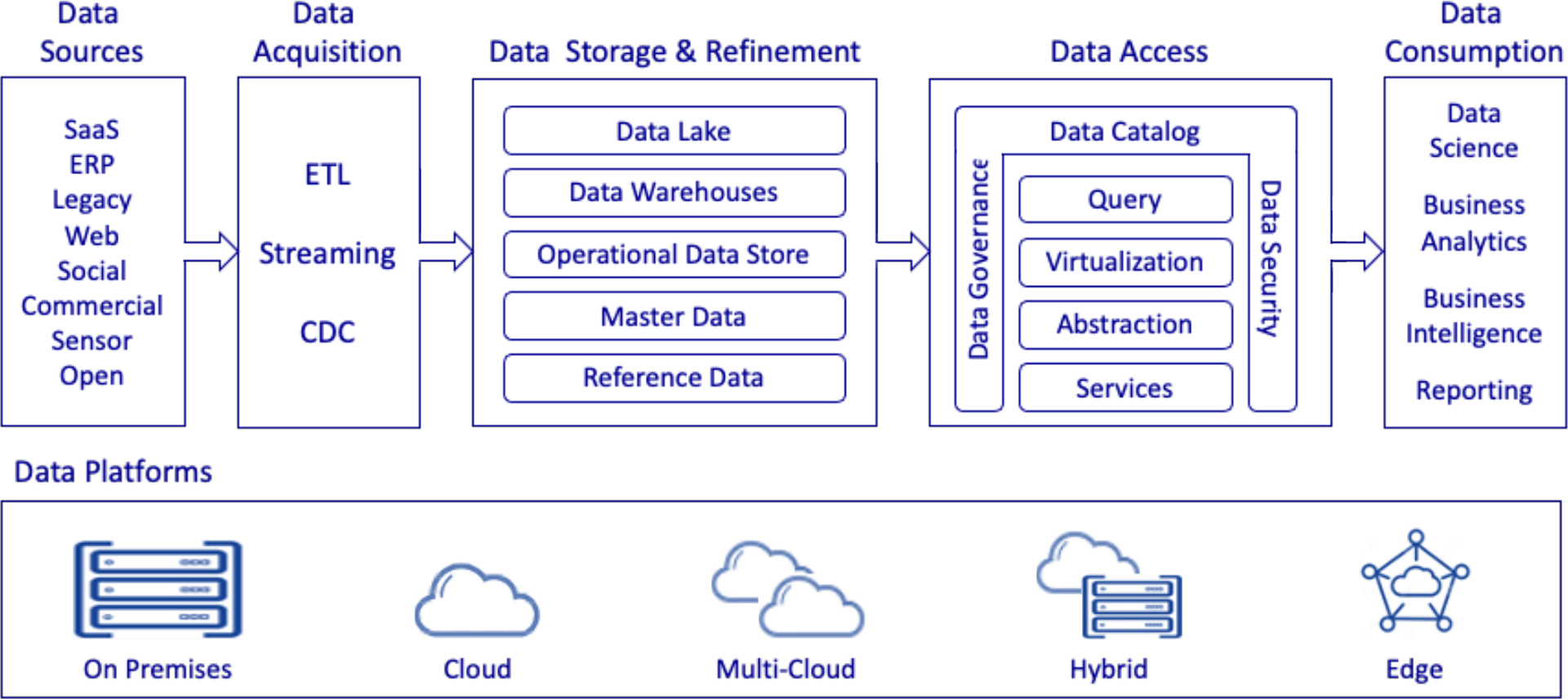Data Governance
Data Quality, Data Virtualization, Data Catalog e Data Lineage
Affrontare il tema della Data Governance significa adottare soluzioni che ruotano intorno ad un moderno concetto di governo dei dati, che guarda al dato come al reale patrimonio delle aziende, e punta al suo pieno utilizzo nella forma di conoscenza condivisa.
Offriamo servizi di Data Governance ai Clienti, accompagnando l’Organizzazione affinché i dati siano utilizzati in modo efficace, efficiente e trasparente, al fine di supportare le attività aziendali e i processi decisionali.
Seguiamo i principi metodologici della Data Governance per assicurare accuratezza, completezza, affidabilità e disponibilità del dato per il suo utilizzo, mantenendo nel contempo la sicurezza e la privacy delle informazioni.
Copriamo tutti gli aspetti di Data Governance quali Data Quality, Data Virtualization, Data Catalog e Data Lineage utilizzando le soluzioni tecnologiche dei Vendor leader di mercato.
I nostri pilastri di offerta: Competenza, Metodologia, Tecnologia, Servizi per la Data Governance
Competenza
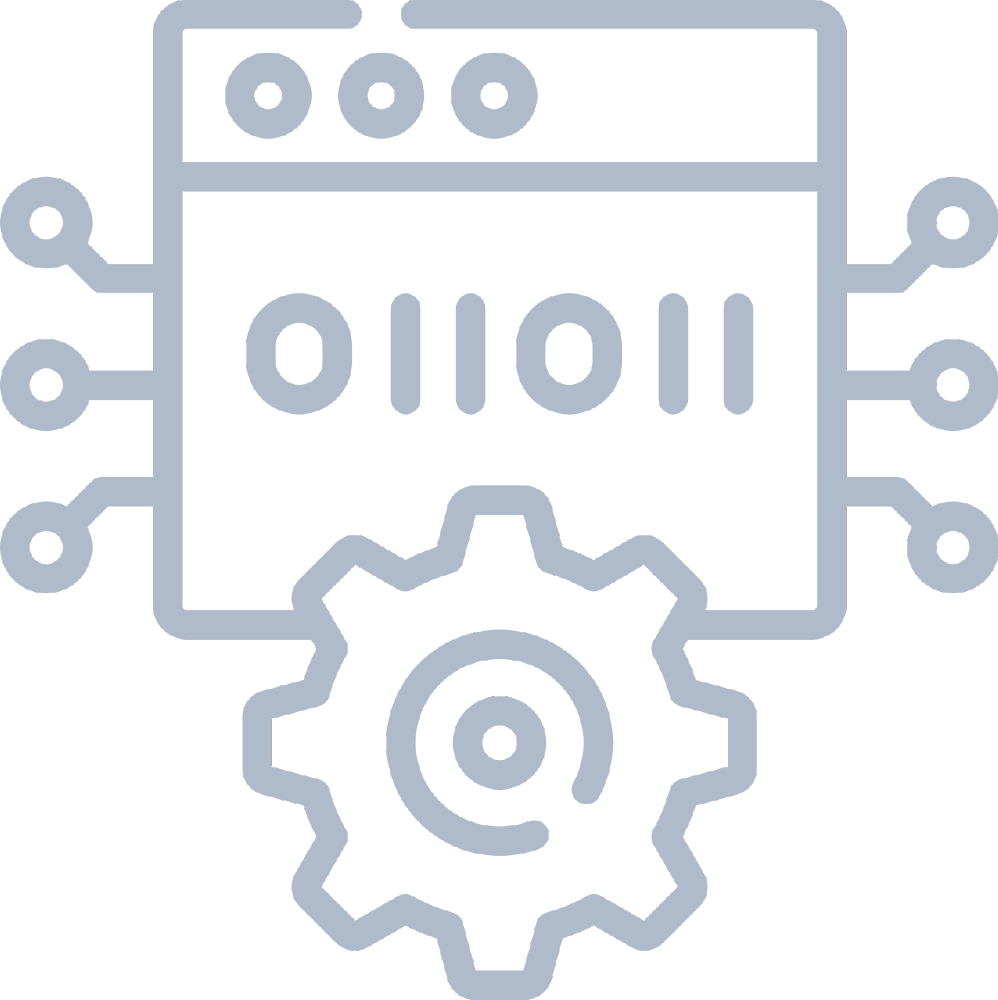
Data Governance
Competenza in tutto il ciclo di gestione del dato aziendale per la risoluzione di problematiche di:
- Harvesting
- Modeling
- Lineage
- Impact Analisys
- Data Quality
- Data Profiling
- Semantic Lineage
in diversi contesti industriali come IOT, Banking, Automotive, Energy, Public Sector.
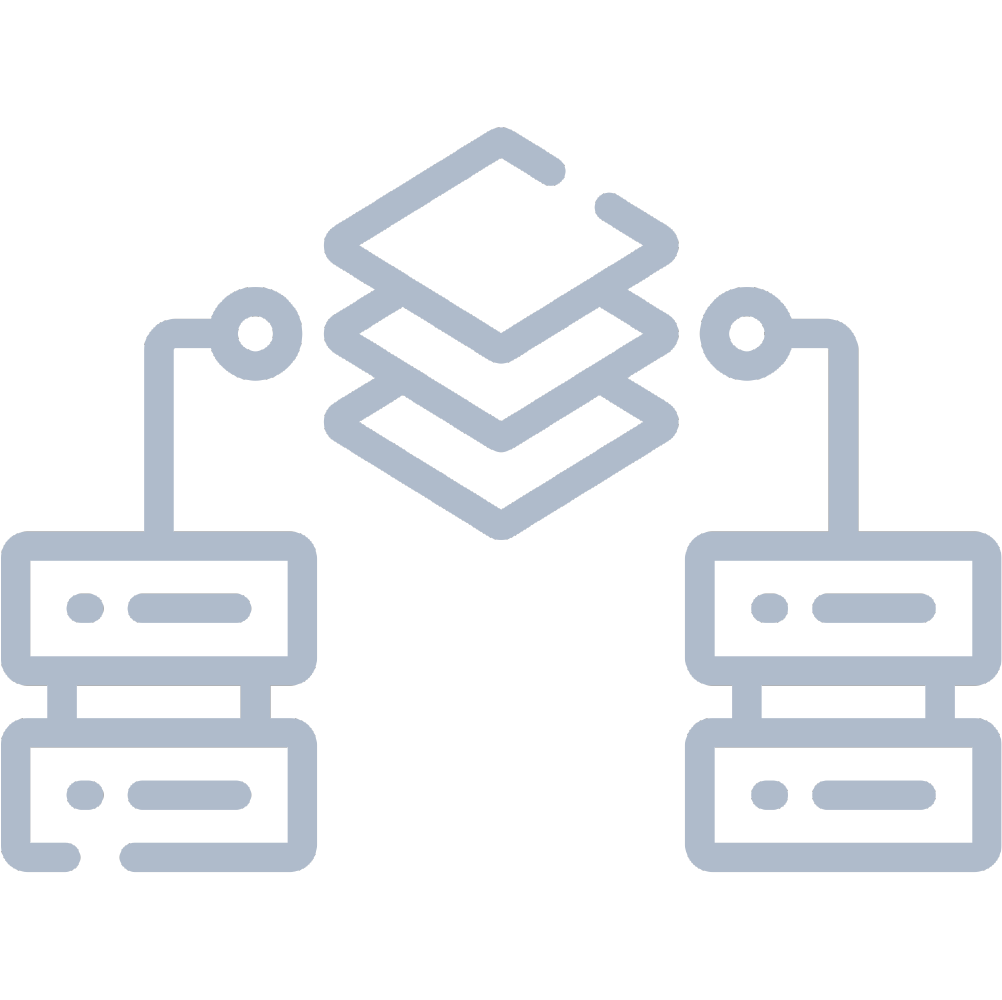
Data Virtualization
Competenza su Tecnologie affermate di Data Virtualization (Denodo e Tibco) per:
- Integrare e accedere a dati provenienti da fonti eterogenee.
- Creare un semantic layer che realizza una vista unificata dei dati, senza la necessità di spostare o replicare i dati stessi.
- Includere un layer di sicurezza e governance dei dati, per controllare l’accesso ai dati e garantire la conformità normativa.
- Utilizzare un query optimizer per ottimizzare le query e garantire le migliori prestazioni possibili.
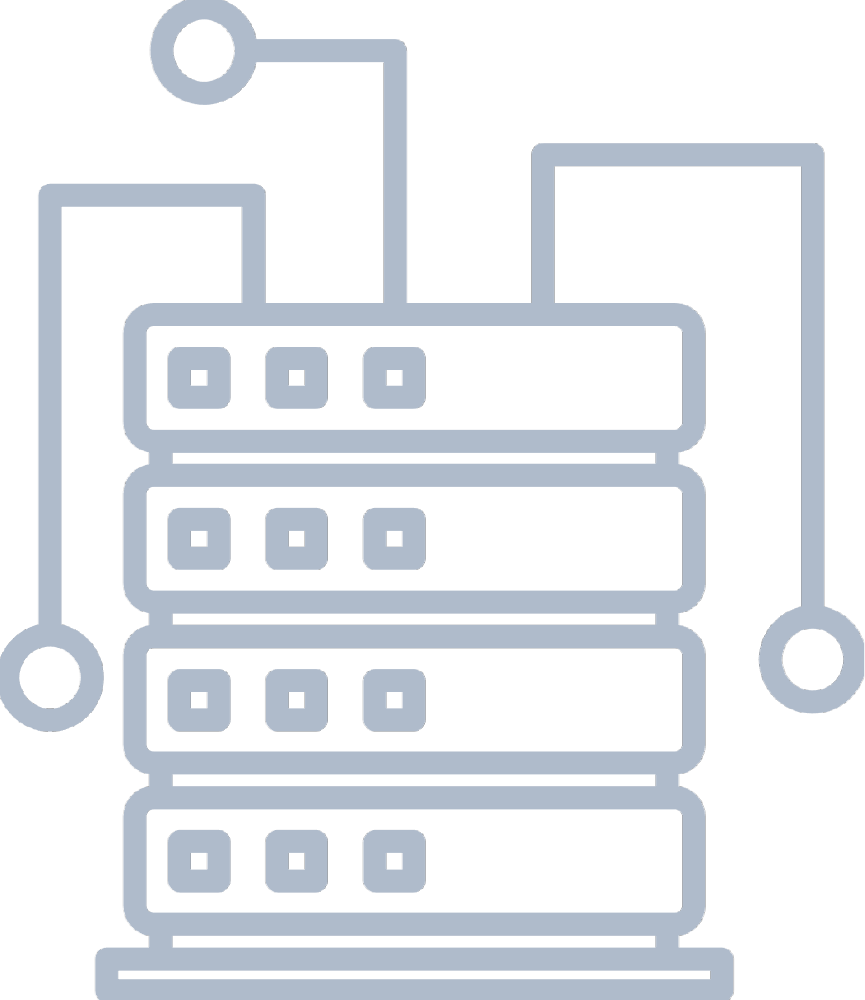
Data Catalog
Competenza nella:
- Realizzazione e Gestione del Data Catalog, il registro centralizzato di metadati che descrive le informazioni sui dati aziendali, (i dettagli sui dati stessi, le relazioni tra i dati, le proprietà dei dati, i proprietari dei dati…).
- Business Glossary creazione e gestione di glossari di business relazionali e semantic lineages.
- Monitoraggio della Architettura del sistema BI aziendale.
- Utilizzo di prodotti leader del mercato quali Talend Data Catalog, Irion.
Metodologia
La Data Governance come Hub delle aree di competenza della gestione dei dati
Seguiamo il più diffuso e riconosciuto approccio metodologico al Data Management sviluppato dal Data Management Association (DAMA) in cui la Data Governance è centrale e si compone di Strategia, Ruoli, Policy, Prodotti/Servizi e Valutazioni.
A partire dalla Data Governance, si irradiano 9 aree di Conoscenza e di Competenza specifica sul trattamento del dato.
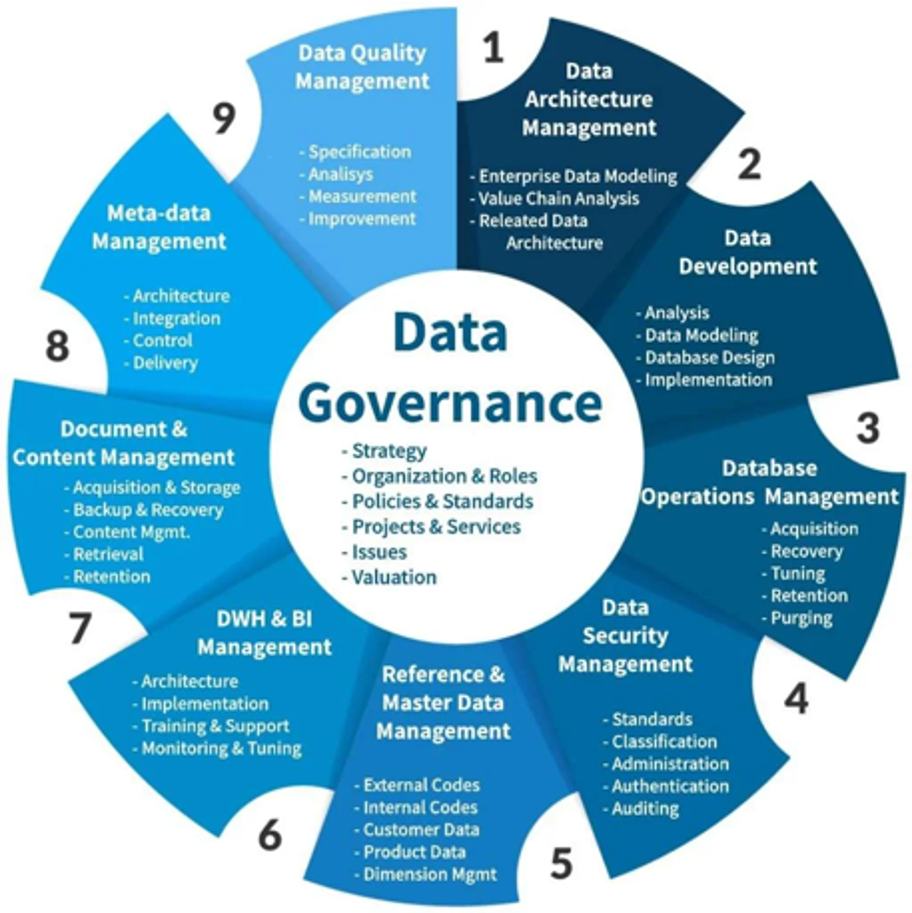
Metodologia
I pilastri e i benefici della Data Governance
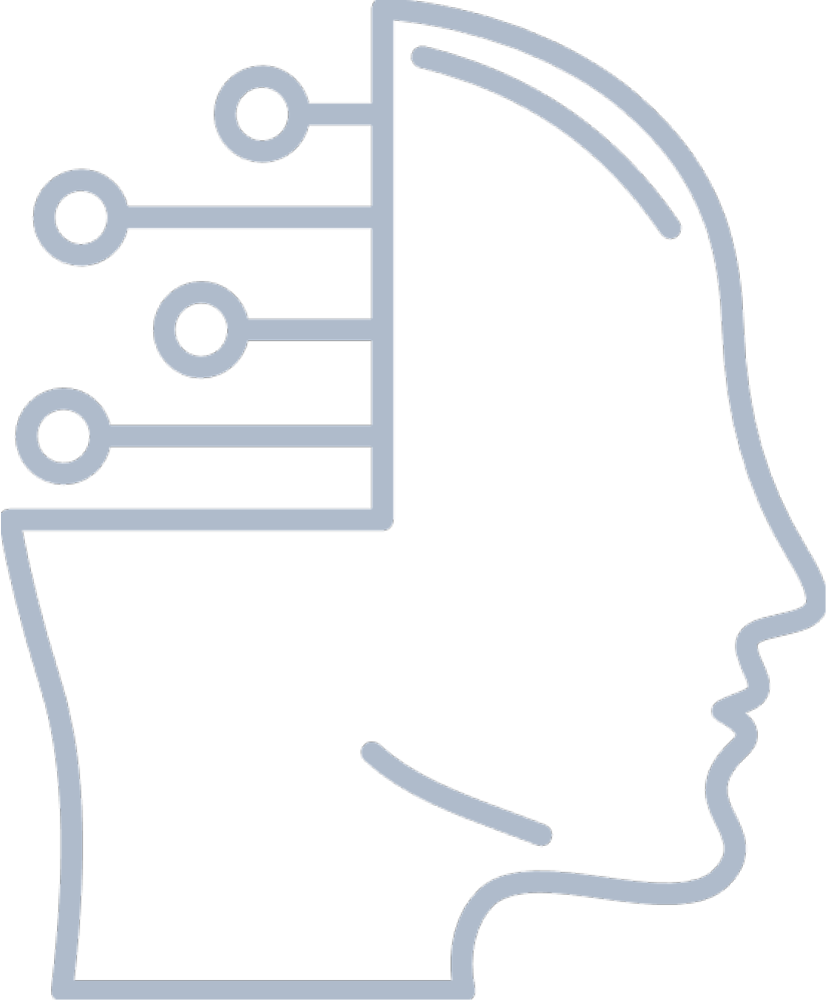
Approccio Collaborativo
L’approccio collaborativo alla Data Governance si fonda su 5 pilastri:
- Mappatura e qualità del dato (Data preparation – Data Lineage) per accedere con facilità e rapidità, rilevare errori ed inefficienze e conservarne la tracciabilità
- Data Virtualization per costituire la Data Fabric ed efficientare l’accesso al dato di origine senza spostarlo
- Riconoscimento e gestione dei metadati (Data Catalog)
- Democratizzazione dei dati (Business Dictionary)
- Sicurezza by default (security e data protection, salvaguardia proprietà intellettuali, ottemperare agli obblighi di legge e GDPR)
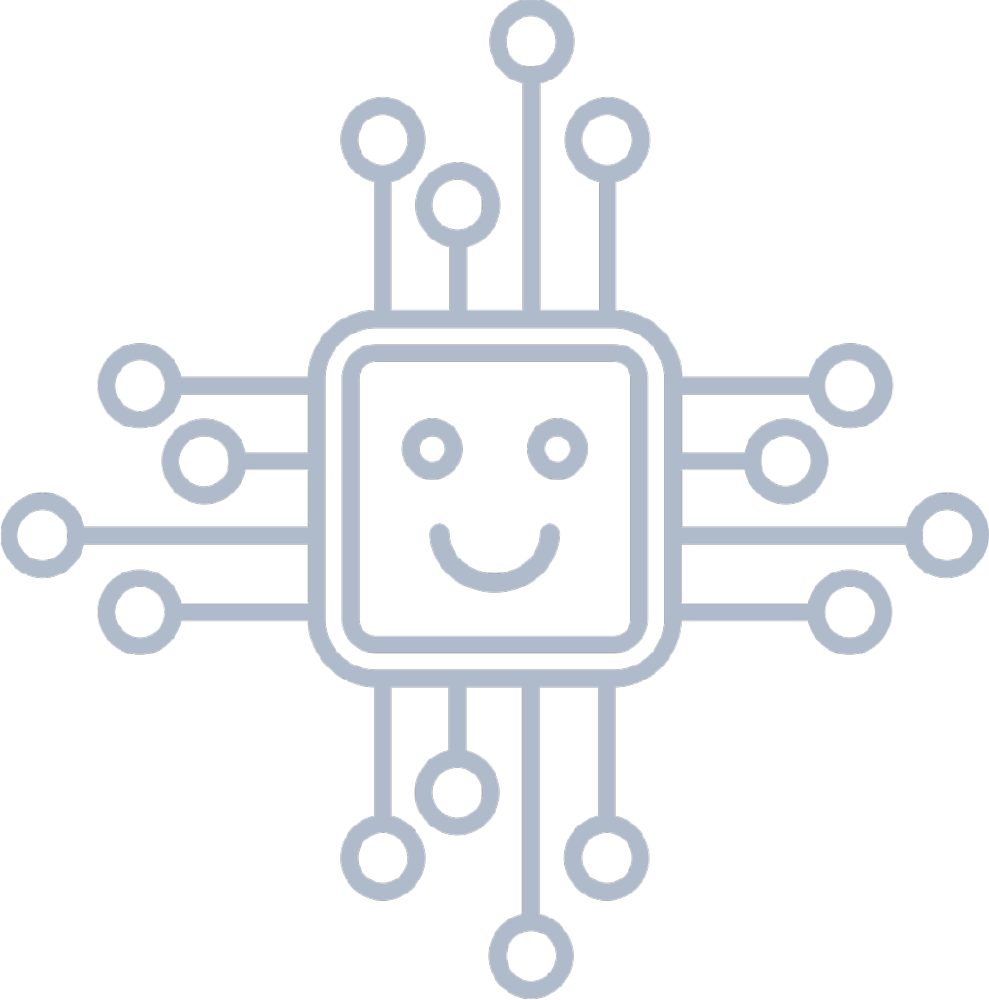
Il Beneficio per il Cliente Business
Il beneficio per il Cliente Business è intrinseco nel processo di Democratizzazione del Dato perché permette:
- La definizione di regole chiare, in termini di diritti e doveri, per chi usa i dati
- La Facilità d’uso
- La Riduzione del tempo e dello sforzo nell’usare i dati
- L’aumento della autonomia del Cliente dell’area Business riducendo di conseguenza quella dall’IT o, in generale, dalle strutture che gestiscono i dati dal punto di vista tecnico
Tecnologia
Architettura Logical Data Warehouse (LDW)
Il Logical Data Warehouse (LDW) fornisce una vista logica unificata dei dati di origine ad un costo minore rispetto alle soluzioni tradizionali di data warehousing.
Il LDW utilizza tecnologie come la Data Virtualization per integrare le fonti e la data Lineage, Data Catalog e Data Quality per gestire in modo efficiente e standard il trattamento del dato.

Tecnologia
La Data Governance e le Partnership di Prodotto
MATRICE DI COPERTURA
L’obiettivo generale dei nostri servizi di Data Governance è di garantire il Cliente sulla l’interoperabilità tra le soluzioni tecnologiche e la copertura funzionale dei 4 pilastri della Data Governance.
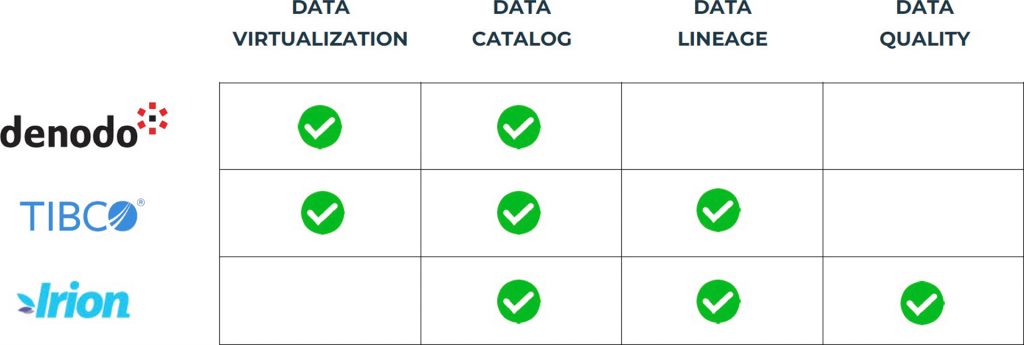
Data Governance Services

Consulenza Strategica
Definizione della strategia più efficace di governance dei dati per usare in modo efficiente i dati e favorire la crescita aziendale.
Identificazione dei dati critici per l’organizzazione, che hanno un impatto maggiore sulle attività aziendali e sui risultati.
Indicazioni per gestire i rischi, ridurre i costi ed eseguire in modo efficace gli obiettivi aziendali.
Definizione di politiche e procedure per la gestione dei dati (ruoli, responsabilità, regole di acceso, quality, …)

Formazione
Formazione IT Manager: definizione politiche e procedure per la gestione dei sistemi e tecnologie IT, sicurezza e la privacy delle informazioni.
Formazione Compliance Officer: definizione politiche aziendali e procedure per la gestione della conformità normativa.
Formazione Business Analyst: comprensione esigenze aziendali e definizione dei requisiti dei dati.
A seconda delle esigenze la formazione può coinvolgere il Chief Data Officer e il Data Privacy Officer.

Implementazione e Monitoraggio
Assessment, Set up e Implementazione di strumenti tecnologici a supporto della governance dei dati per:
- Gestione dei Metadati
- Data Quality
- Data Virtualization
- Data Catalog
- Data Lineage
Monitoraggio continuo e miglioramento: per la verifica continua della efficacia delle politiche e delle procedure adottate, al fine di identificare eventuali punti critici e di miglioramento delle attività di governance dei dati.

Servizi Professionali
Data Steward per definire e monitorare sul dato: politiche e procedure di gestione; i dati critici; la qualità; il semantic layer di virtualizzazione; l’accesso al dato.
Data Architect & Data Engineer per: progettazione, sviluppo e gestione dell’Architettura Dati anche in conformità alle normative.
Data Analyst per: analisi dei dati ed estrarre e identificare informazioni utili tendenze, opportunità e minacce.
Data Scientist per: innescare servizi a valore aggiunto di Machine Learning sui dati aziendali.
Il Passo Successivo
Dalla LDW al Data Fabric
Il Data Fabric è una soluzione emergente per il Data Management in ambienti complessi.
- Combina architettura, tecnologia e servizi per automatizzare gran parte del Data Engineering, Operations e Orchestration.
- E’ una soluzione «logica» unica e unificata per il Data Management realizzabile attraverso diverse tecnologie e piattaforme di distribuzione diverse, soprattutto nel campo del Multi-Cloud e Cloud-Ibridi.
- Non c’è ancora sul mercato una soluzione completa.
La difficoltà per il Cliente è nella scelta di quali tecnologie adottare.
Come Humanativa, partendo dalla esperienza del LDW e Data Governance, siamo in grado di accompagnare il Cliente nella scelta delle giuste tecnologie, dove l’interoperabilità tra soluzione tecnologiche è un aspetto fondamentale.
